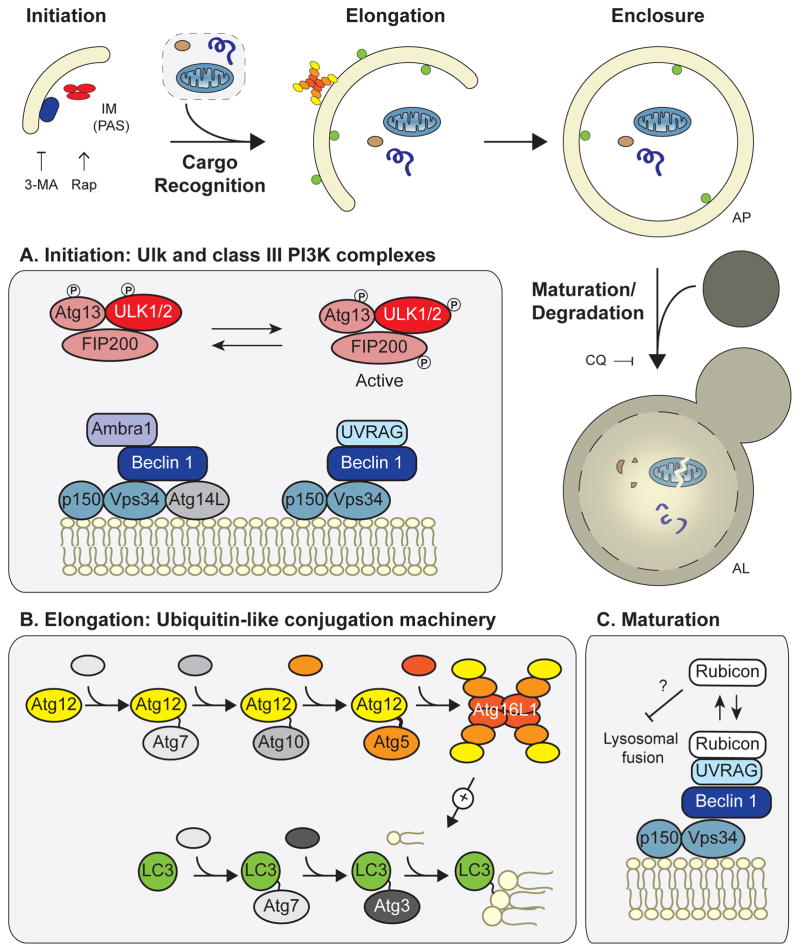Figure 1. Overview of the mammalian autophagy machinery.
Autophagy occurs in a series of distinct stages: 1) initiation of the isolation membrane, also known as the phagopore assembly site; 2) cargo recognition; 3) elongation; 4) enclosure of the double-membrane structure to form the autophagosome; and 5) maturation/degradation, in which the AP fuses to the lysosome to form an autolysosome, upon which its contents are degraded. The effects of autophagy inhibitors 3-MA and chloroquine and the autophagy inducer rapamycin are shown. (A) The Ulk and class III PI3K complexes are necessary for autophagy initiation. Beclin 1 forms two distinct autophagy-promoting complexes with the PI3K, Vps34. (B) The ubiquitin-like conjugation machinery attaches Atg12 to Atg5 and LC3 to the lipid phosphotidylethanolamine; this machinery mediates autophagosome elongation. Loss of any of these core components (e.g. Beclin 1, Atg5, etc.) leads to autophagy deficiency. (C) In addition to its role in autophagy induction, Beclin 1 promotes autophagic maturation via interactions with Rubicon. Abbreviations: IM, isolation membrane; PAS, phagopore assembly site; AP, autophagosome; AL, autolysosome; 3-MA, 3-methyladenine; CQ, chloroquine; Rap, rapamycin; PI3K, phosphatidylinositol 3-kinase.

